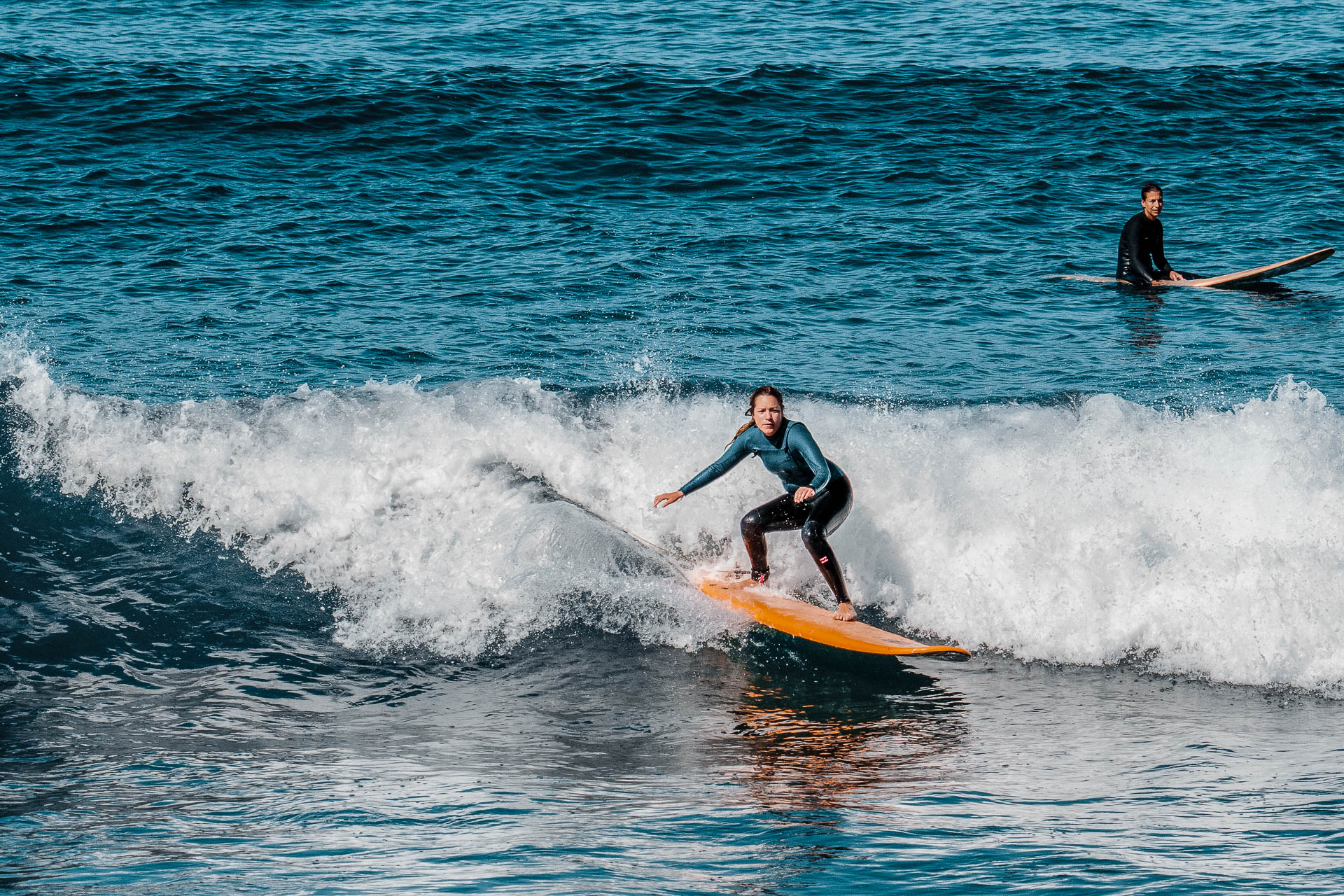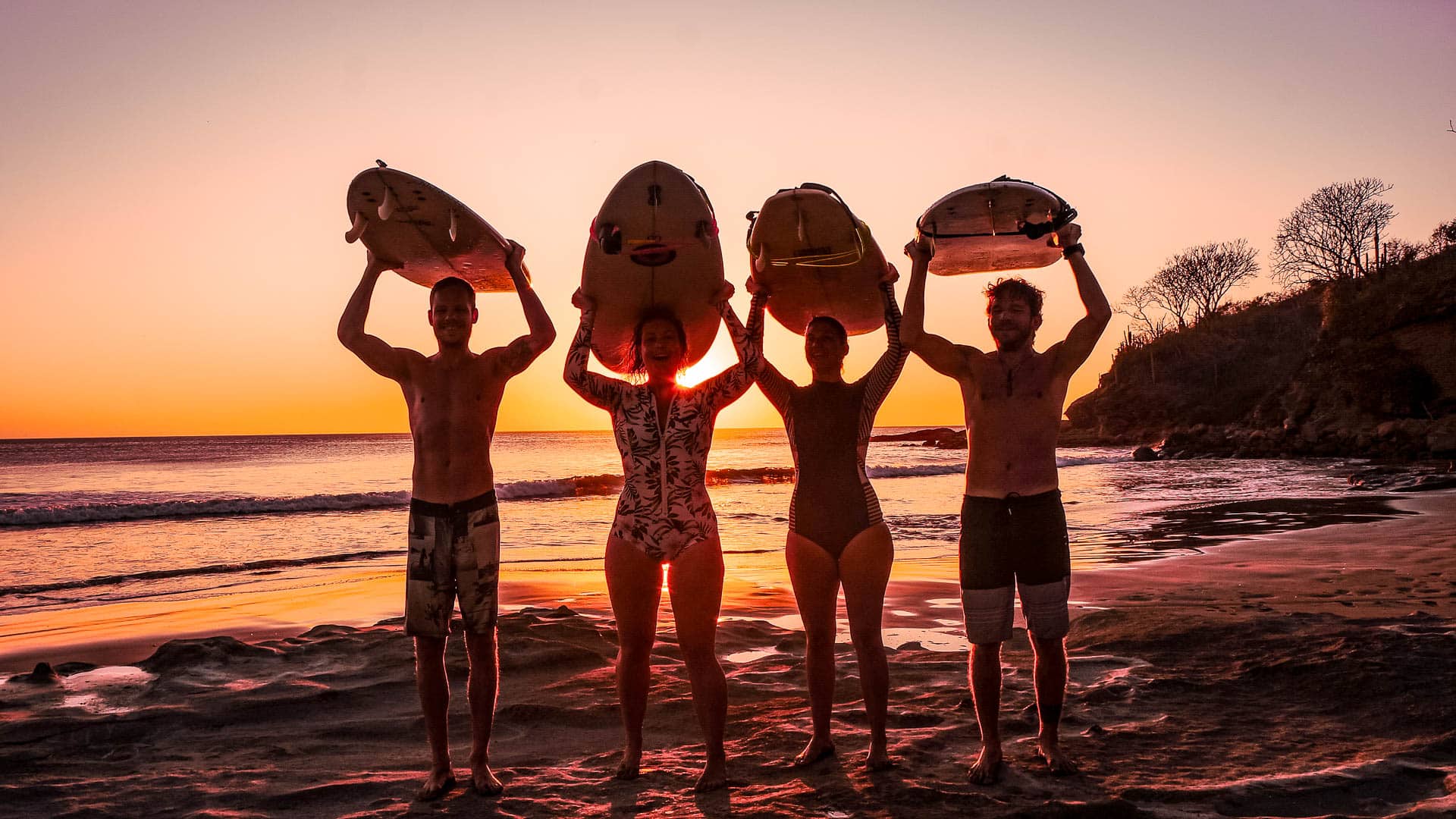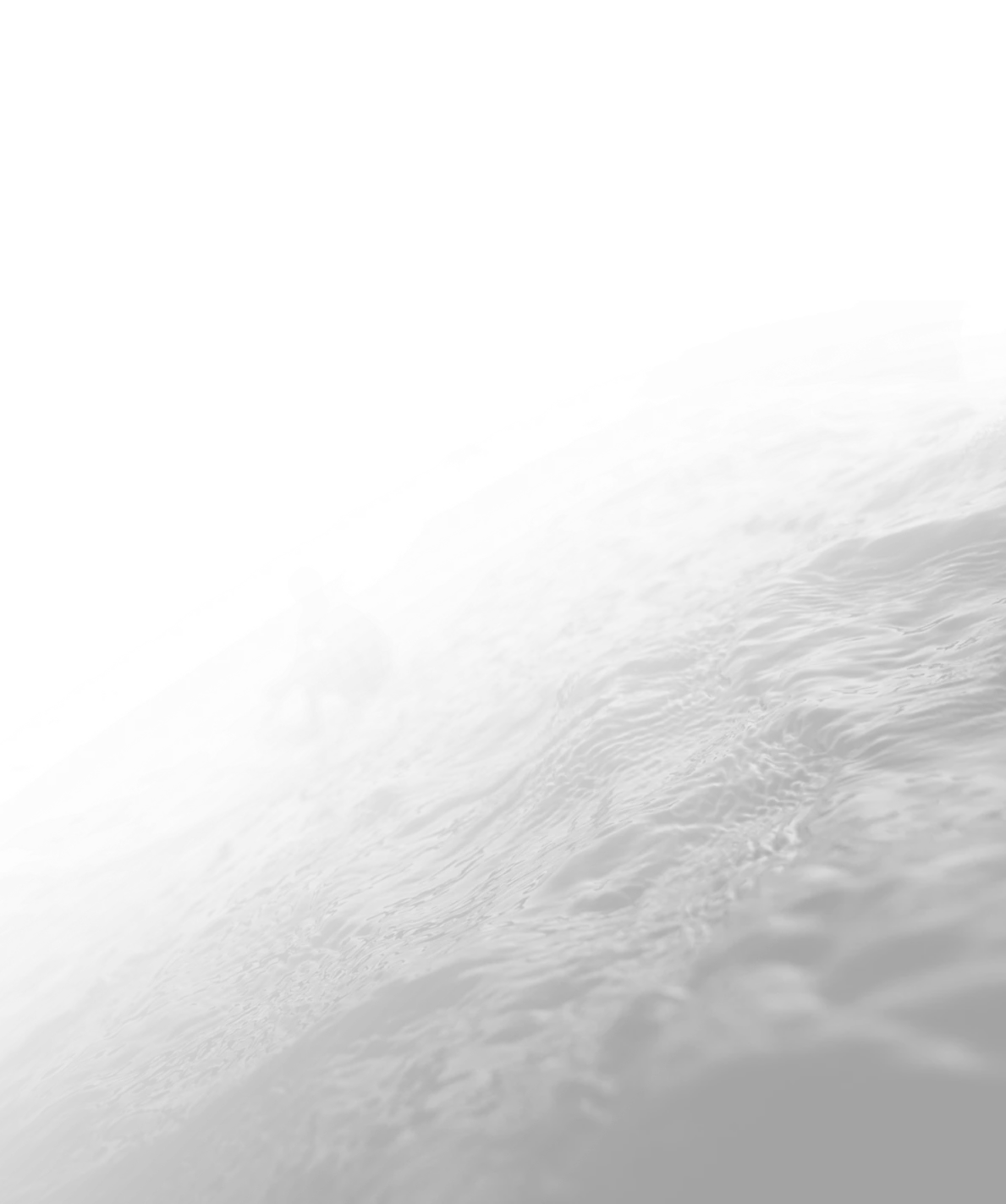One of the things we love the most at Rapture is the fact that surfing isn’t confined by the same conventional rules that dominate other sports. There’s no fee you need to pay to use the ocean, you don’t have to surf within a certain field or area, and team colors are inexistent unless you’re surfing for your country. In short, the fact it’s unregulated makes it accessible and appealing. However, before you start taking a few waves, you need to learn some basic rules.
Don’t worry, you don’t have to be a pro surfer in order to understand the rules of surfing. All you need is a board, basic surf etiquette, and a nice surf spot. Lucky for you, we can help you with all of the above.
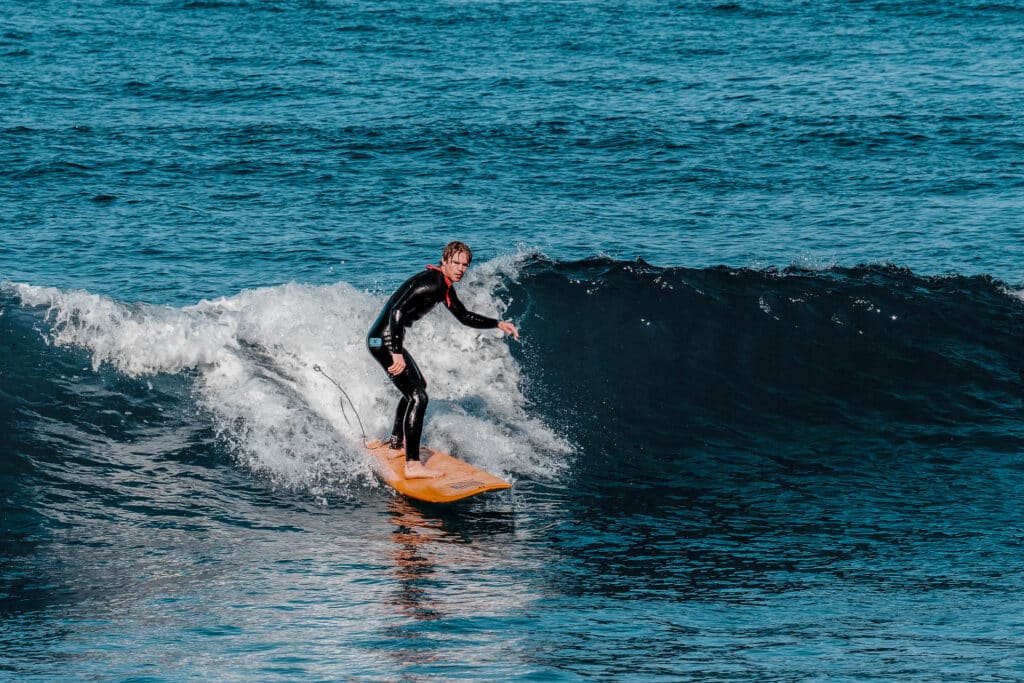
The first thing you need to know is that there are unwritten rules AKA surfing etiquette that should be followed by every surfer when hitting the waves!
It might seem like common sense to respect the locals and surfers while out on the water, but surf etiquette isn’t just a suggestion. It’s crucial to keeping yourself safe while catching waves.
If you intend to continue surfing after a stay with Rapture Surfcamps, you’ll need to know these rules of surfing. This isn’t a definitive guide on all of the do’s and don’ts when it comes to surfing, but a solid introduction to a sometimes-convoluted subject.
Rule 1: Don’t drop or paddle in on a wave another surfer is already riding.
You should not drop or paddle in on a wave other surfers are already riding or waiting while on a surf session; remember the closest someone to the wave, is the one who gets to ride it. You can get the next wave.
Dropping in means approaching the breaking part of the wave from behind and getting in front of the person who’s closest to the peak.
Dropping often cause surfers to fall off their board and miss the wave; while also losing their position in the line-up (the lineup refers to where you stand when waiting for waves before you start paddling). This can lead to a potential hazard. Don’t get caught in the drama.
Remember, among surfers and locals, good manners matter. Follow the rules.
Rule 2: Don’t share the same wave. Always give other surfers space to catch their waves.
Unless you’re splitting a peak it’s strictly one surfer per wave. As a general rule, always give other surfers space. Surf etiquette states that while surfing, paddling too close to another surfer is a no. Following the lineup is crucial to keep peace at sea.
This means that for every open-faced wave, there should only be one surfer riding it or two people if it’s a split peak. This applies to lineups all over the world… unless you’re at our surf camp in Portugal and a call goes out for a party wave, that’s it.
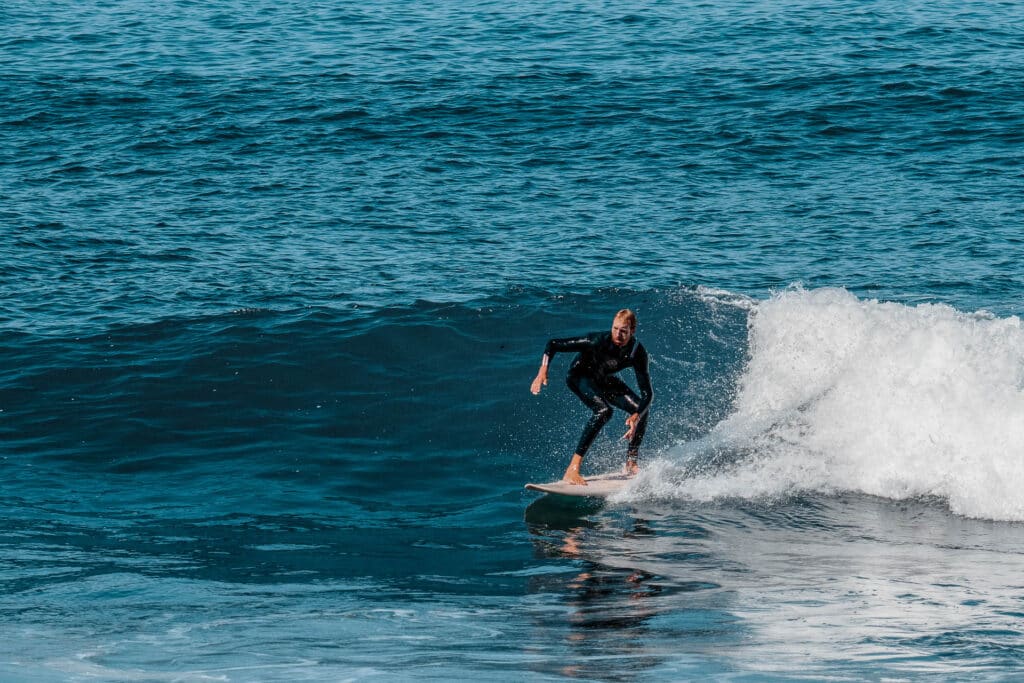
Surf etiquette: The closest surfer to the top of the point has the right of way:
If you’re paddling out a wave and see a surfer heading towards you with their board, make sure to stay well outside of their way so they can catch the wave without being distracted or having to paddle away from you. Essentially, right of way is the notion that the surfer closest to the breaking part of a wave (or the peak) always has priority. For example; if you’re surfing at a righthand pointbreak and there’s a surfer to your left, he or she has the right of way on the wave.
Surf etiquette: Don’t crowd other surfers:
If a surfer is on a wave and another surfer comes through, don’t try to take off on that same wave, after all, wave communication is crucial–give the two surfers room so they can catch it comfortably without worrying about dodging you!
Surf etiquette: Don’t cut in front of other surfers – respect the line up:
Paddling up the inside of another surfer at a point, rock, or reef break in order to gain priority is colloquially referred to as “snake snaking”. Snaking is frowned upon in the surfing community and is considered to be highly disrespectful. The reason why it’s such a no-no when it comes to basic surf etiquette is that it flies in the face of the lineup hierarchy. Whereby the surfer closest to the peak who’s been waiting for the longest has the right of way.
Snake snaking often happens in crowded lineups when waves are few and far between. To ensure you don’t become a “snake”, never paddle around a surfer or surfers in an effort to get closer to the peak. Your best bet is just to wait until after everyone has had a go before trying to catch waves again.
Rule 3: Don’t linger too long in the water after taking off or landing, especially if you’re in a surfer’s line of sight.
It can be hard to avoid collisions in a super crowded lineup, so you’ll need to be totally aware of the people around you at all times.
Some of the nastiest surfing accidents happen when a surfer riding a wave collides with someone in the lineup. This usually happens when a surfer paddles back through the lineup and into the path of the standing surfer. Giving them no other option but to jump off or try in vain to avoid the paddling surfer… which they rarely do.
If you’d prefer not to become a saltwater shish kabob courtesy of another surfer’s fins, there are two things you should never do. The first is that if a surfer is coming down the line on a wave and you’re paddling back out, you should never attempt to paddle to the shoulder if it’s going to ruin their ride. Instead, angle back towards the breaking wave and duck dive the whitewash.
The second of these is directed more at beginners and involves making sure you paddle clear of an oncoming wave instead of allowing it to break on or in front of you. If you’re picked up by the lip and slammed while another surfer is riding the wave, there’s a chance you’ll both be tangled up. This may sound like basic surf etiquette, but many people are oblivious to the dangers that inaction can cause.
If you’re unsure as to whether you can make it out through the breakers, paddle around the lineup instead of straight through it.
Rule 4: Keep an eye on the wind, tides, and overall surf spots to avoid getting swept out to sea.
It’s important to know the beach conditions before you go out. If you’re a beginner, ask experienced surfers or locals who know what they’re doing to go with you. They’ll be able to help keep an eye on the wind, and tides so that if things get rough, they can help guide you back into the beach safely.
If it’s too rough for your comfort level or ability level, don’t paddle out or use your board at all! Try and keep a good vibe. The best thing about surfing is enjoying the ride–not being swept out into the sea by a rogue wave (or two).
Don’t go out in the dark either! You won’t be able to see where you are at peak or what obstacles might lie beneath them…
Rule 5: Learn to judge the size of a breaking wave.
You should learn how to judge the size of a wave. This is important for safety, as some waves are too big for beginners.
Waves are also bigger when the tide is high, and smaller when the tide is low. In winter, waves can be much bigger than in summer because of cold water that doesn’t move around as much as warm water does (think about how you feel after taking a swim at an indoor pool versus swimming outside).
Rule 6: Wearing a legrope while surfing is crucial.
Because nobody has ever regretted surfing with a legrope
A legrope will ensure your surfboard stays attached to you when you wipe it out. Without it, you’ll spend more time swimming after your surfboard as it’s washed in by the waves than actually surfing. In addition, a legrope also prevents your board from going berzerker on other people in the lineup. Which makes it just as much of a safety device for other people as it is for yourself.
You should, therefore, wear a legrope whenever you plan on surfing. Unless you’re playing around on a small shore break or you have the lineup all to yourself. If you see someone in the waves on a crowded day without a legrope, their either ignorant of basic surf etiquette or they’re a professional surfer with superhuman control over their board. Even then most of the pros still wear a legrope for the sole reason that you can never fully anticipate where your board will end up when you fall.
Rule 7: Ditching your board it’s a no.
Surfing solo is one of the few times that ditching your board is ok.
If you’re a beginner surfer you’re most likely going to be ditching your board when confronted by an oncoming wave. For the most part, it’s impossible to duck dive a large beginner’s board anyway, so ditching it is somewhat acceptable or at the very least expected when you’re just starting out.
If you’re a surfer sitting in a crowded lineup who knows better though, there’s really no excuse for selfishly discarding your board so you can dive under an approaching wave. Especially if there’s a surfer or surfers directly behind you who may be struck by your board as it thrashes around underwater.
If you must ditch your board, make sure there’s nobody behind you first. Then simply push it to one side and dive under the wave. Rapture Surfcamps’ instructors can also show you some additional techniques to punch through waves on a beginner’s board, such as the Eskimo roll. Whereby you flip your board over whilst still hanging onto it.
Rule 8: The ultimate surfing sin, dropping in San Francisco style.
dropping in on another surfer is almost always inexcusable. It occurs when you take off on a wave while another surfer is already on it. Thus, ruining their ride and in extreme cases even endangering them.
Damaged surfboards, reef scrapes, and bruised egos are common consequences of a drop-in. If you want to avoid committing this basic surf etiquette crime, simply pay attention to the surfer on the inside of you. If he or she begins paddling for a wave then, by all means, keep an eye on whether they commit or not… but do not attempt to stand up on your surfboard and cut them off.
The fact that they’ve just caught a wave on the inside of you means you’re probably next in line anyway. So chill out and paddle into position. The wave behind that one is all yours. Lineups exist for a reason after all.
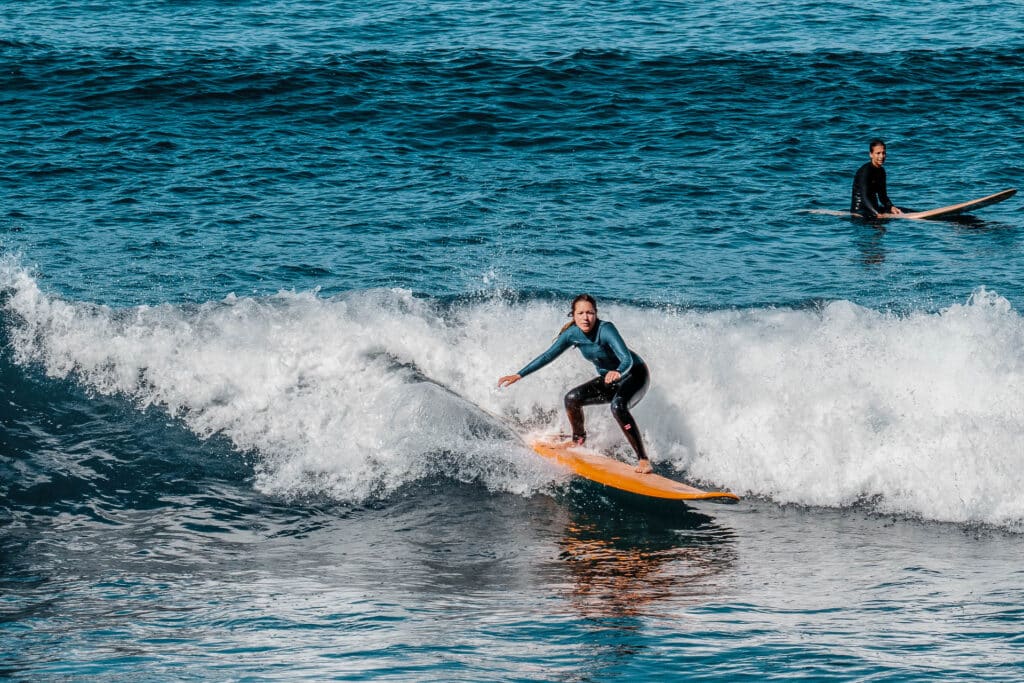
Surfing Etiquette 101: Respect others, dress appropriately, and know when to say no to a risky adventure
Visiting surfers (and locals) should respect others. Respect the ocean, respect other surfers, and respect yourself. If you’re not sure, don’t take the leap!
It’s easy to get caught inside in all of the excitement of surfing, but remember there are still some things you can do to stay safe while riding waves:
- If you’re a surfer now, wear a wetsuit or drysuit if necessary; this will keep your body temperature regulated and prevent hypothermia from occurring if something goes wrong while riding waves.
- Wear sunscreen on exposed skin when surfing outside during daylight hours; many sunscreens also include protection against UV rays so they’ll help protect against sunburns as well as melanoma development over time.
- If in doubt, don’t paddle out.
Knowing your limits is another less talked about aspect of basic surf etiquette. This doesn’t mean, however, that it’s no less relevant.
Beginners who surf by themselves at an unfamiliar break, paddle out when the waves are too big, or learn to surf at a spot that’s beyond their skill level are all prime examples of someone not knowing their limits.
Of course, you have to make mistakes in life in order to learn and surfing is no different. The fact of the matter is though that when don’t know your limits, you don’t just put yourself at risk; you also endanger the people who have to rescue or help you when or if things go pear-shaped.
Locals surf: Respect the locals, especially if they’ve been surfing there all day.
In reality, it’s not uncommon for locals to be at the beach in the morning and then come back later in the day. They may also have been catching waves there all day long and know exactly where to go for the best waves.
In general, if someone has been in an area longer than you have–whether they’re a local or simply visiting–it’s best not to interrupt them unless absolutely necessary.
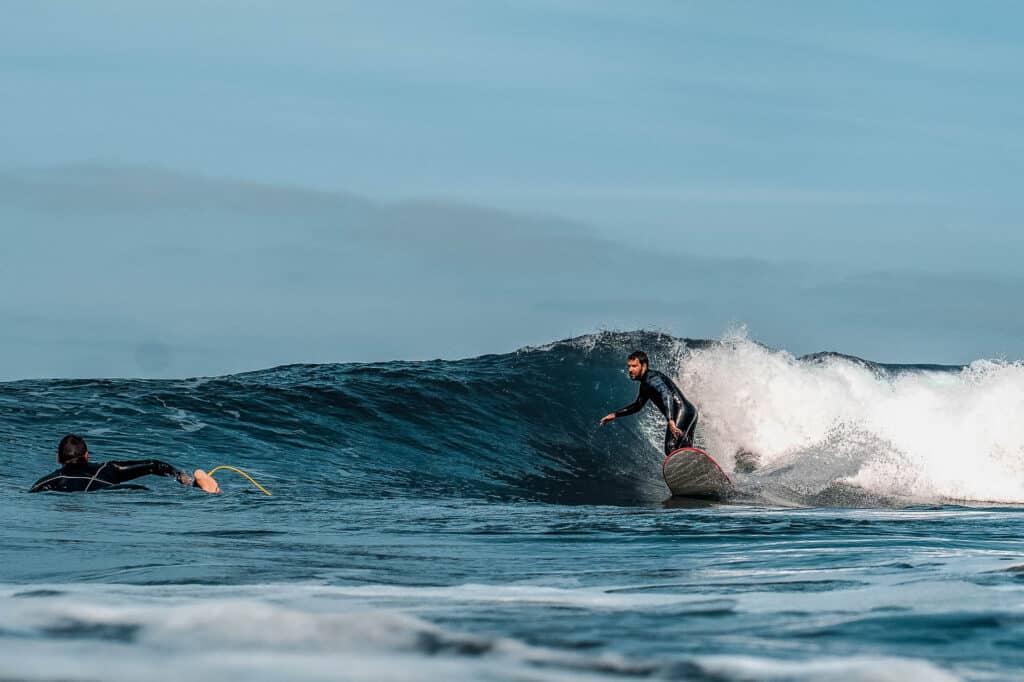
Surfing rules are crucial whether you and your friends are beginner surfers or advanced surfers. We hope that this article has given you an idea of the kinds of things to keep in mind when you surf.
It’s important to remember that correct etiquette is there for a reason. Surfing is about having fun, so don’t take yourself too seriously! The best way to get better at surfing (and other skills) is by practicing them as often as possible. Remember, surfing etiquette is about creating a positive and inclusive atmosphere in the water. Following these guidelines ensures that everyone can enjoy the waves safely and responsibly.
Learn the basics of surf etiquette with Rapture today. Book a stay at any one of our luxurious and exotic surf camps around the world by clicking here!
Hear What Rapture Surfcamps’ Guests Have To Say
FAQs
Surfing etiquette refers to the unwritten rules and guidelines that govern the behavior of surfers in the water. It’s a set of practices designed to promote safety, respect, and a positive experience for everyone in the lineup.
Surfing etiquette is crucial for maintaining a harmonious and safe environment in the line-up. It helps prevent collisions, promotes fairness, and contributes to an overall enjoyable surfing experience for everyone involved.
The surfer closest to the peak or the breaking part of the wave has the right of way. This means that other surfers should yield to them to avoid collisions. Respect the surfer on the wave and wait your turn.
Paddle out through the channels, avoiding the areas where waves are breaking. Don’t paddle straight through the line-up where surfers are riding waves.
Yes. Wait your turn in the line-up, and don’t “snake” or drop in on other surfers. Respect the order in which surfers arrived at the line-up, and avoid catching waves out of turn.
It’s generally frowned upon to call off a wave once someone is already riding it. Once a surfer is up and riding, give them the right of way and wait for the next opportunity.
Absolutely. Dispose of your trash properly, respect local wildlife, and adhere to any beach regulations. Leave the beach cleaner than you found it.
Prioritize safety. If you’re a strong and confident swimmer, assess the situation and assist if necessary. If unsure, signal for help from lifeguards or other surfers. Always prioritize the well-being of fellow surfers.
